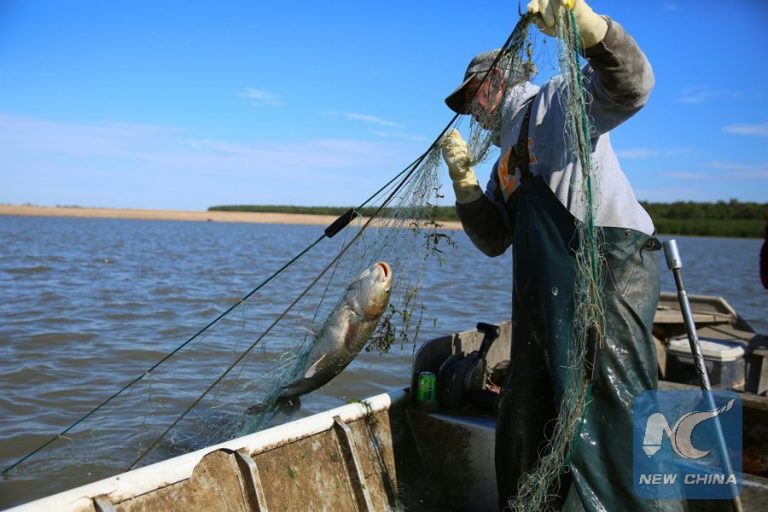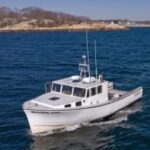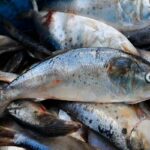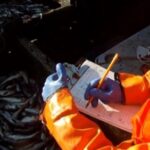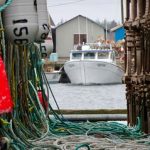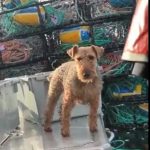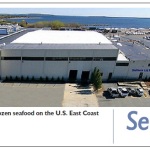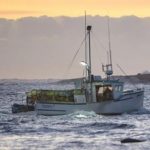Daily Archives: June 2, 2017
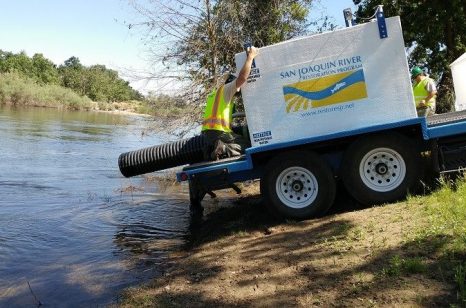
With a Lot of Help, Chinook Salmon Return to the San Joaquin River
In California’s Central Valley, dusty dry riverbeds fill with water that for decades has been diverted for farmers and cities. Hatchery-reared salmon – bred with taxpayer funds – are being reintroduced in hopes of rebooting ancient populations that disappeared in the 1940s, casualties of California’s ceaseless search for new water sources. The San Joaquin River, the state’s second largest, is primed for its comeback. After the Sacramento River, the San Joaquin is California’s most important river. It provides some of the state’s largest agricultural operations with water as it stretches north from Fresno before finally emptying into the Sacramento-San Joaquin River Delta – the source of drinking water for an estimated 25 million Californians. The process of damming, diverting and plumbing the 366-mile river for irrigation and urban water use leaves main portions of the river dry during parts of the year. Following the opening of Friant Dam in 1942, entrepreneurs gobbled up the river’s fertile wetlands and replaced them with crops and gravel mining operations. The dam was a boon to the already prospering agricultural region. But as water-intensive crops like almonds and pistachios went in, the native Chinook salmon disappeared. click here to read the article 17:25
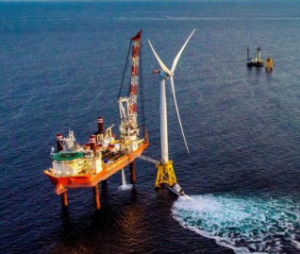
Deepwater Wind accepts Maryland PSC approval; will move forward on Skipjack Wind Farm
Deepwater Wind LLC accepted the Maryland Public Service Commission’s approval of its Skipjack Wind Farm project, a planned 15 turbine wind farm 19.5 miles off the coast of Maryland the company announced in a press release in May. The plant will provide 120 megawatts, what the company says is enough power to support 35,000 homes. It is expected to cost $720 million. According to the Skipjack wind farm application in November, Deepwater Wind also committed to $6,000,000 into the Maryland Offshore Wind Business Development Fund. Deepwater Wind also signed contract to build a wind farm off the coast of Long Island earlier this year. click here to read the story 16:11
Andy Mays of Southwest Harbor – Scallop Diver for Life
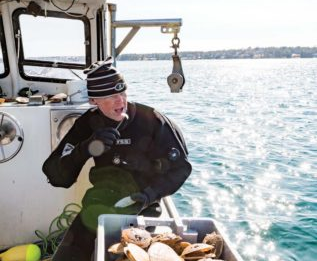 It’s winter on Mount Desert Island. Temperatures are just above 20 degrees, and tomorrow a nor’easter will blow snow sideways into drifts. But today the sun is out, and the wind is about nil. That’s good, because we’re on the deck of a fishing boat at the mouth of Somes Sound, and diver Andy Mays is suited up and sitting on the deck rail. With an air tank on his back and a couple of mesh bags, he’s about to drop into the frigid water to dive for scallops.,,,It was February in the 2015 scallop season, a few weeks before the annual Maine Fishermen’s Forum in Rockland. Just about everyone in the industry gathers for the marine trade show, Mays explains, to check out the latest fishing gear, socialize, and talk about fishery issues before the busiest months of lobster season. But he wasn’t feeling well in the months before the forum,,, A great article about a great guy, that faced a life altering event head on. Some great images, and I recommend reading his story! Click here to read 15:18
It’s winter on Mount Desert Island. Temperatures are just above 20 degrees, and tomorrow a nor’easter will blow snow sideways into drifts. But today the sun is out, and the wind is about nil. That’s good, because we’re on the deck of a fishing boat at the mouth of Somes Sound, and diver Andy Mays is suited up and sitting on the deck rail. With an air tank on his back and a couple of mesh bags, he’s about to drop into the frigid water to dive for scallops.,,,It was February in the 2015 scallop season, a few weeks before the annual Maine Fishermen’s Forum in Rockland. Just about everyone in the industry gathers for the marine trade show, Mays explains, to check out the latest fishing gear, socialize, and talk about fishery issues before the busiest months of lobster season. But he wasn’t feeling well in the months before the forum,,, A great article about a great guy, that faced a life altering event head on. Some great images, and I recommend reading his story! Click here to read 15:18
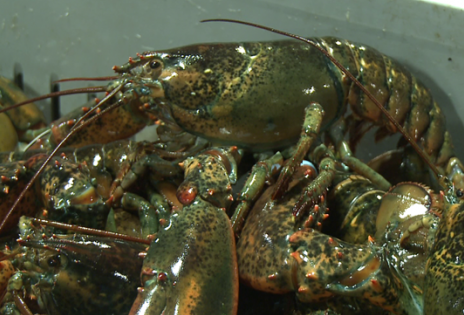
Scientists expect some decline in Gulf of Maine lobster numbers, but ‘no calamity’
Concern about the effects of climate change have reached Maine’s lobster industry, where there are questions whether the state’s record lobster catches can be sustained. There has been wide agreement among fishermen and scientists in recent years that the waters of the Gulf of Maine have been getting steadily warmer as a result of the changing climate. In fact, researchers say the Gulf water have warmed more quickly than most other parts of the ocean. University of Maine researcher Dr. Rick Wahle said warmer water in the Gulf has been one factor in the big jump in lobster landings. He said a reduction in the number of lobster predators and conservation efforts by fishermen are also factors. click here to read the story 14:53
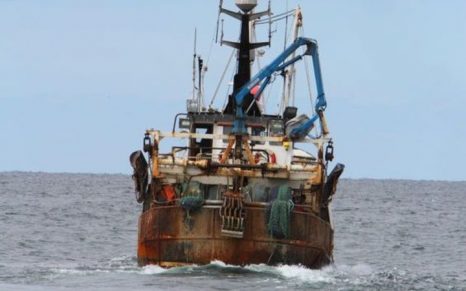
One in four crew members injured on fishing boats
A Neilsen survey commissioned by Maritime New Zealand and WorkSafe found 28 percent of crew members – or more than one in four workers – have suffered a significant injury while a further 26 percent have experienced a near-miss. Most of the injuries were to hands, lower back and the spine, but the outcome of a mishap at sea could be much worse. Since 2010, 25 crew members have died and the families of nine of those lost at sea did not have the comfort of bringing a body home. The Accident Compensation Corporation has had an average 966 active commercial fishing claims over the past five years and in 2016 it received 633 new claims, which have grown on average 3 percent a year since 2009. Last year ACC paid out $5.1 million in the wider commercial fishing bracket, slightly down on the average over the last six years of $5.7 million. click here to read the article 11:01
Jury delivers for ‘Deadliest Catch’ crabber maimed by firework
 A “Deadliest Catch” crabber maimed by a fireworks explosion aboard the fishing vessel Time Bandit has been awarded $1.35 million by a King County jury. Jan. 13, 2013, should have been a good day for David “Beaver” Zielinski, who was headed out to sea for another season aboard the Hillstrand brothers’ crab boat. Instead, Zielinski’s hand was badly injured when a Time Bandit-brand firework exploded in the launcher he was holding. The explosion that left Zielinski injured occurred as the “Deadliest Catch” crew was filming another Bering Sea snow crab season of the Discovery documentary series. Time Bandit captains Johnathan and Andy Hillstrand have been heavily featured on the program, which is currently in its 13th season. Zielinski sued the Hillstrands’ companies two years ago in King County Superior Court. click here to read the story 09:20
A “Deadliest Catch” crabber maimed by a fireworks explosion aboard the fishing vessel Time Bandit has been awarded $1.35 million by a King County jury. Jan. 13, 2013, should have been a good day for David “Beaver” Zielinski, who was headed out to sea for another season aboard the Hillstrand brothers’ crab boat. Instead, Zielinski’s hand was badly injured when a Time Bandit-brand firework exploded in the launcher he was holding. The explosion that left Zielinski injured occurred as the “Deadliest Catch” crew was filming another Bering Sea snow crab season of the Discovery documentary series. Time Bandit captains Johnathan and Andy Hillstrand have been heavily featured on the program, which is currently in its 13th season. Zielinski sued the Hillstrands’ companies two years ago in King County Superior Court. click here to read the story 09:20
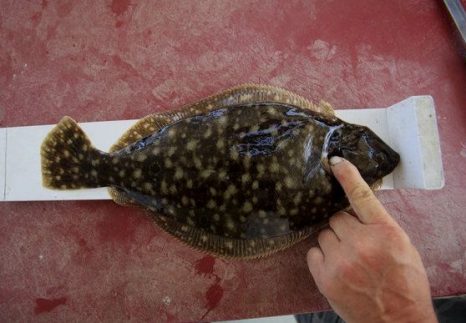
Feds threaten shutdown of N.J. Fluke fishery as showdown escalates
Call it the Great Flounder War of 2017. A simmering battle between New Jersey recreational fisherman and the federal agency governing fishing along the Atlantic Coast has now escalated — with potentially disastrous consequences for the fishermen. In a teleconference on Thursday morning, the Atlantic States Marine Fisheries Commission (ASMFC) officially found New Jersey to be out of compliance with federal regulations. The matter is now headed to U.S. Secretary of Commerce Wilbur Ross for a final decision. If Ross agrees with the recommendation, both recreational and commercial fluke fishing could end up banned altogether in the Garden State. ,, And here’s where things get really sticky: If Sec. Ross finds New Jersey to be out of compliance, he’d have the option of imposing a moratorium on summer flounder fishing in the state — a moratorium that would also apply to commercial fishermen, who thus far have been in compliance with the feds. (Earlier this year, the state’s commercial fishermen agreed to lower fishing quotas imposed by ASMFC.) click here to read the story 08:19

































